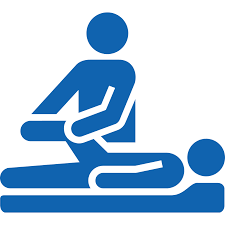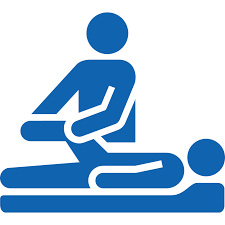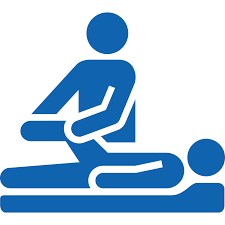How many times as a child were you told to “sit up straight?” We’ve probably all heard this piece of folk wisdom before and are vaguely aware that it seems to be a good idea. But why? In this mini-series, we will explore the anatomy and biomechanics of forward head posture, as well as its implications for your health.
In good posture, the head sits balanced at the top of the spine. Our neck and head are supported by tonic postural muscles which are well equipped with the endurance to keep us going throughout our waking hours.
Although our bodies are naturally adept at accommodating a variety of different positions and temporary stresses, there is a detrimental effect to adopting a static, head-forward posture for long periods at a stretch. Think squinting at an ill-placed monitor, or browsing on your phone.
Look what happens to the weight of your head as it strays further and further off-axis:

As you can see, the further the head tips forward, the more it weighs. That means the muscles that hold up your head are working REALLY hard - think trying to balance someone over three times your weight on a teeter-totter!

Looks kind of wearying, doesn’t it? But really, what does it mean?
In part two of this series, we’ll take a closer look at some of the key muscles involved in head forward posture, and why they might be the perpetrators of some common aches & pains.










